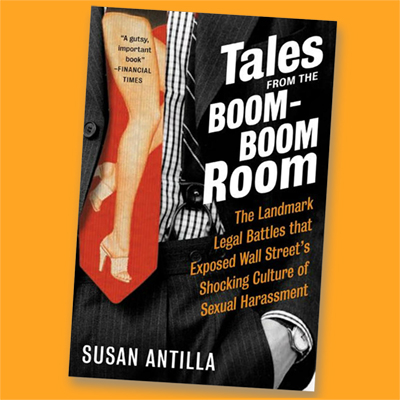For victims of sexual harassment on Wall Street, the case of Kathleen Mary O’Brien was a bad omen.
In 1988, O’Brien, then a stockbroker at Dean Witter Reynolds, filed the earliest sexual harassment case we could find in a public database maintained by the Financial Industry Regulatory Authority, Wall Street’s self-governing organization, which is overseen by the Securities and Exchange Commission.
The year before, O’Brien had sued Dean Witter in Los Angeles Superior Court, but the brokerage firm successfully argued that she was legally bound to use Wall Street’s closed-door arbitration forum, then run by a FINRA predecessor, the National Association of Securities Dealers. The arbitrators’ decision in her case would turn out to be a common one in harassment cases over the following years: The claim was dismissed. The panel, offering no explanation as to how it came to the decision, charged her $3,000 in arbitration fees.
O’Brien’s case is one of 98 sexual harassment or hostile work environment claims and counterclaims made by women that The Intercept and the Investigative Fund found in the FINRA database over the past 30 years. You can read the full story here.
